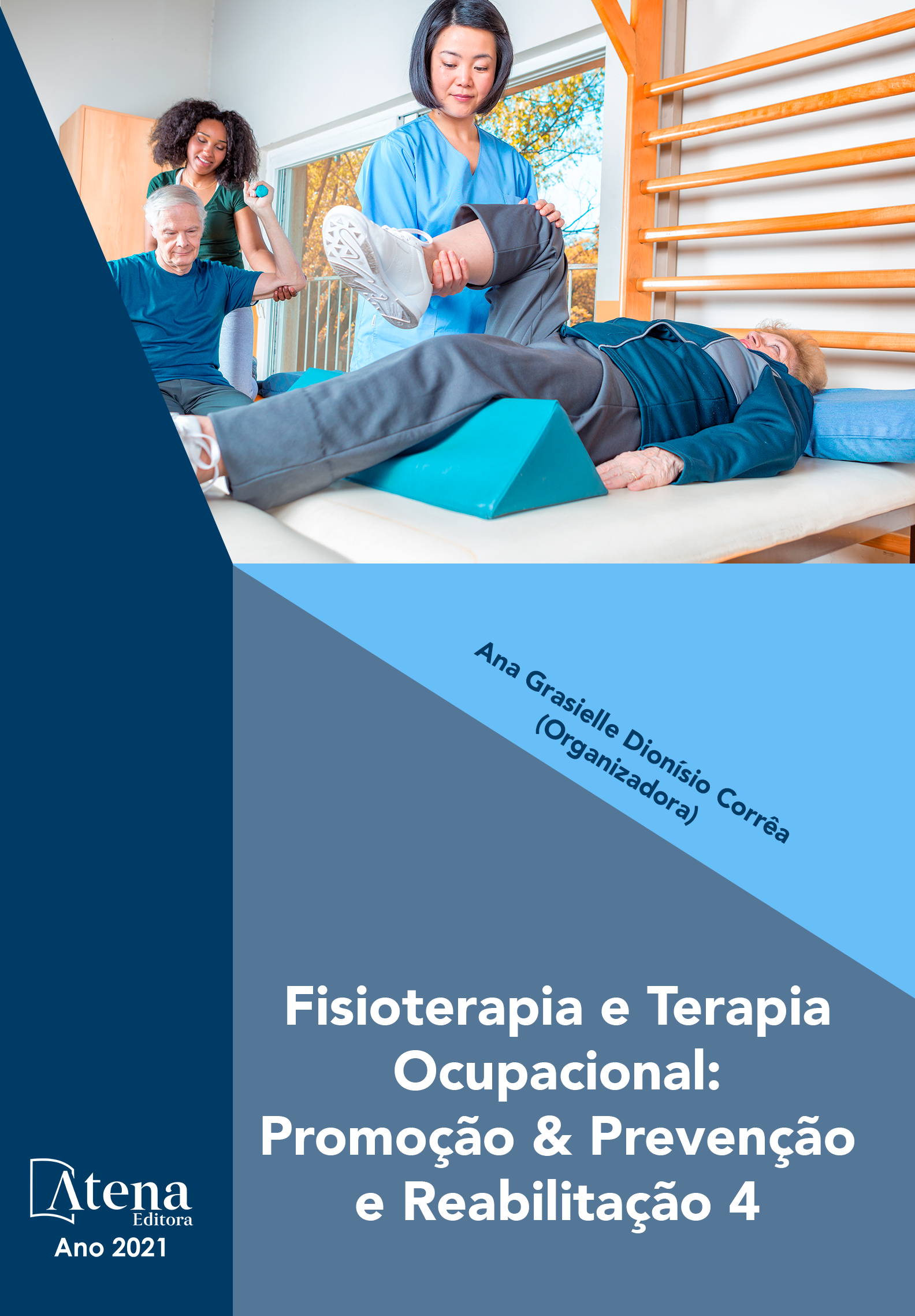
ELETROESTIMULAÇÃO DO NERVO TIBIAL POSTERIOR VERSUS OXIBUTININA NO TRATAMENTO DE MULHERES COM SÍNDROME DA BEXIGA HIPERATIVA: UMA REVISÃO DE LITERATURA
INTRODUÇÃO: A síndrome da Bexiga Hiperativa (SBH) consiste em uma patologia do trato urinário inferior definido como a constante urgência em urinar, que gera uma quantidade exagerada de micções diárias e afeta negativamente a vida das mulheres. Dentre as intervenções, destaca-se o uso da eletroestimulação transcutânea e percutânea do nervo tibial posterior e de fármacos como a oxibutinina. OBJETIVOS: Avaliar e comparar os efeitos do método não farmacológico da eletroestimulação transcutânea e percutânea do nervo tibial posterior com o método farmacológico da oxibutinina em mulheres com SBH. METODOLOGIA: Foram incluídos artigos publicados entre os anos de 2007 a 2019 que comparassem a oxibutinina e a eletroestimulação do nervo tibial posterior em mulheres com SBH. As buscas foram realizadas em quatro bases de dados bibliográficas: PubMed, Scielo, Bireme e Lilacs. Os descritores utilizados foram Bexiga Urinária Hiperativa AND Terapia por Estimulação Elétrica AND Nervo Tibial AND Antagonistas Colinérgicos. RESULTADOS E DISCUSSÃO: Foram identificados 154 artigos, dos quais oito estudos preencheram os critérios de inclusão. Fica evidente a padronização do estudo, visto que as frequências variam de 10 a 20 Hz com largura de pulso de 200 ms em sua totalidade, juntamente com uma dosagem padrão de 10 mg de oxibutinina, por outro lado, não há consenso quanto à quantidade de sessões, duração e tempo de tratamento, porém a eficácia é comprovada em no mínimo 12 semanas, mesmo que para resultados mais prolongados sejam necessárias mais sessões durante uma quantidade de tempo mais extensa. CONCLUSÃO: As terapias de eletroestimulação tibial, tanto transcutânea, quanto percutânea e o tratamento medicamentoso se mostraram eficazes para mulheres com SBH, porém o método fisioterapêutico se tornou mais eficaz por conter pouco ou nenhum desconforto ao paciente com mínimos efeitos adversos, uma maior redução da frequência miccional e resultados mais prolongados quando comparados ao tratamento com oxibutinina.
ELETROESTIMULAÇÃO DO NERVO TIBIAL POSTERIOR VERSUS OXIBUTININA NO TRATAMENTO DE MULHERES COM SÍNDROME DA BEXIGA HIPERATIVA: UMA REVISÃO DE LITERATURA
-
DOI: 10.22533/at.ed.7692107046
-
Palavras-chave: Bexiga Urinária Hiperativa, Terapia por Estimulação Elétrica, Nervo Tibial, Antagonistas Colinérgicos
-
Keywords: Overactive Bladder; Electro stimulus therapy; Tibial Nerve; Cholinergic Antagonists
-
Abstract:
Introduction: The Overactive Bladder (OAB) consist in a pathology in the lower urinary system which is understood as a urgent and consistent need to urinate, which causes a high quantity of daily urination and affect negatively the life of womens. The treatments which is known, the electrical stimulus on the posterior tibial nerve and the use of drugs such as oxybutynin. Objective: Evaluate and compare the effects of the non-drug method of transcutaneous and percutaneous electric stimulus on the posterior tibial nerve against the use of oxybutynin in women with OAB. Methodology: It was included in articles published between the years of 2007 and 2019 which that compared between oxybutynin and the electrical stimulus on the posterior tibial nerve in women with OAB. The tests were made according to four bibliographic databases which were: PubMed, Scielo, Bireme and Lilacs. The descriptors were Overactive Bladder and Electro stimulus therapy and Tibial Nerve and Cholinergic Antagonists. Results and debate: It was identified 154 articles, which of them eight were successful to the criterias to be included. It was evident the standardization the tests, as for the frequence oscillates from 10 to 20 Hz with pulse width of 200 ms in totality, using a standard dosage of 10 mg of oxybutynin, in other hand, there is no consensus in the quantity of sessions, duration or time of treatment, but the efficace is proven with a minimum of 12 weeks, even if for longer results it may be necessary more sessions during a longer time. Conclusion: Therapies of electro stimulus in the tibial, transcutaneous and percutaneous and the drug use treatment proves to be efficate for treatment of womens with OAB, although the physiotherapeutic method has been more efficate since it has little or even no discomfort for the patient with minimal adverse effects, a lower quantity of urination and better results when compared with treatment including oxybutynin.
-
Número de páginas: 15
- Sarah Lays Campos da Silva
- Mathaus Castro dos Anjos
- Maria Clara Cardoso Feitosa
- Lia de Sousa Pádua
- Ingrid da Silva Melo
- Gabriela Angely Gomes Carvalho
- Amanda Virginia Teles Rocha
- Amanda Beatriz Mendes Viana
- Luana de Moura Monteiro
- Wesley Macêdo da Costa
- Maynara Dutra Gomes Campos
- Lizandra Maria de Holanda Barbosa


